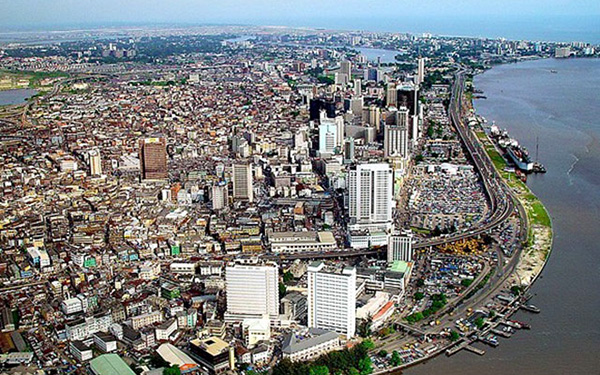It is a human thing that many of us may delight in a ‘good’ jibe hurled at those perceived not too kind to us. Thus, when the then BBC Business Editor Larry Madowo recently took a dig at the western media for their often poor portrayal of Africa, there were many cheers on social media by Africans.
He wrote: “If you only know Madagascar because of that animated penguins film, you’ve not been using the internet properly. But that is understandable, because the African island nation has faster internet speeds than you in the UK, France, or Canada.
“It has birthed a thriving call centre industry in a country that is also home to 95 per cent of the world’s real vanilla and, even more delightfully, delicious caviar. But all you probably hear of the nation is how impoverished it is — and that’s the problem with much of the western media’s portrayal of Africa.”
I bring this up because of what it implies; that it is not just the media that doesn’t always get it right, but that they are a reflection of the global north to sometimes get a thing or two wrong about Africa.
The noted economic advancement in Madagascar is apt, as it is an example of how Africa has moved from merely being rural.
It is apparent that Europe and the western world, in general, continue to perceive Africa as a rural continent, with this perception forming the basis of their development cooperation with countries Africa. Their development paradigm remains mostly rural than urban-oriented.

This observation is not new. Studies have for several years showed how this perception of Africa appears to overlook or fails to see, the rising trend in urbanisation calling for a rethink on the rural development paradigm.
But Africa is set to become more urban than rural. To see why first take this comparison of Africa and Europe’s rate of urbanisation: It took Europe 110 years to move from 15 per cent urban dwellers in 1800 to 40 per cent in 1910. Well into the twentieth-century, urbanisation was mainly a phenomenon of the industrialised global North.
But in 2013, a little more than a hundred years later, six of the ten countries with the highest urbanisation rates in the world are in sub-Saharan Africa. In Africa, 14 per cent of the population lived in cities in 1950, and in 2010, 60 years later the percentage was estimated to be over 40 per cent.
By 2050, it is projected that way more than half of all Africans will be living in cities. According to the World Bank, urbanization is the single most important transformation the African continent will undergo this century.
The thing, however, is that rural Africa will still have its place. And, that most of Africa’s urbanization is yet to happen, there is still time to get the things right.
Typically, African cities share three features that constrain urban development and create daily challenges for residents: They are crowded, disconnected and costly.
They are crowded and not economically dense, meaning that investments in infrastructure, industrial and commercial structures have not kept pace with the concentration of people, nor have investments in affordable formal housing.
They are disconnected because they have developed as collections of small and fragmented neighbourhoods, lacking reliable transportation and limiting workers’ job opportunities while preventing firms from reaping scale and agglomeration benefits.
Costly for households, particularly slum dwellers estimated at around 60 per cent of Africa pay a high price for low-quality services including housing, water, food and other amenities.
As a knock-on effect, workers’ high food, housing, and transport costs increase labour costs to firms and thus reduce expected returns on investment.
The growth of cities, however, if handled right, is development’s good omen for the continent. Cities have been civilisation’s crucible for economic activity, leading to wealth and job creation.

City planners in the region must be aware of this and are in different stages of planning for growing urbanisation. One example is the updated Kigali City Master Plan expected to be launched this month.
It takes into consideration the changing population demographics, the need to provide services to the citizens, aspiration for economic development.
These include ensuring affordable housing, an efficient transportation system and compatible land uses that promote public health, safety, and welfare that will benefit all.
Source: newtimes




